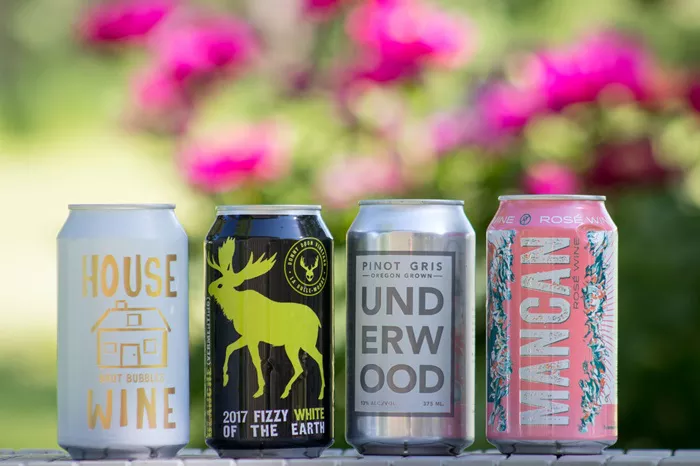Franciacorta, a picturesque region in eastern Lombardy, Italy, is rewriting the rules of food and wine pairing, offering a sparkling alternative to traditional choices. During a visit to Corte Lantieri, a family-owned winery and restaurant, chef Gabriele Cristini presented a plate of slow-cooked beef on polenta, asking whether I preferred red or rosé wine. The answer seemed obvious, yet Cristini surprised me with a bottle of sparkling rosé, an unexpected but perfect pairing with the dish. This encounter epitomizes the unconventional yet delightful approach to wine and food in Franciacorta.
In Italy, food rules are well-known—no cappuccino after midday, no parmesan on fish, and no rosé with hearty meat. Yet in Franciacorta, these norms are turned upside down. Located about an hour northeast of Milan, the region is known for its unique sparkling wines, produced under the DOCG (Denominazione di Origine Controllata e Garantita) classification. These wines are made using the traditional Champagne method, where a second fermentation takes place in the bottle, creating effervescence.
Franciacorta’s wines offer a broad spectrum of styles, from brut and extra brut to dosaggio zero, which is made without added sugar, allowing the natural flavors of the grape to shine through. One particularly intriguing style is satèn, a sparkling wine with softer, smaller bubbles that provide a creamier, more delicate mouthfeel.
While Prosecco is produced in Veneto and Friuli Venezia Giulia, with more than 616 million bottles sold in 2023, Franciacorta’s production is far smaller—just 19.5 million bottles. Despite this disparity, the comparison between the two is like comparing fine rubies to costume jewelry. Franciacorta is known for its elegance and complexity, offering a softer alternative to the sometimes-too-sweet Prosecco and the expensive Champagne. It’s a sparkling wine that strikes the perfect balance—soft yet full of flavor.
The region itself, sandwiched between Brescia and Bergamo, may not initially appear to be the idyllic Italy celebrated in coffee-table books. The landscape is relatively flat, and modern developments, such as strip malls and highways, can feel jarring. However, just as you begin to question where the beauty is, the view shifts: the stunning Lake Iseo appears, framed by Alpine peaks and rolling vineyards. It’s a breathtaking sight that feels like a hidden gem, and it’s best appreciated with a glass of wine in hand.
Franciacorta’s sparkling wine story began in the 1950s when enologist Franco Ziliani and winemaker Giorgio Berlucchi collaborated to create Italy’s first French-style sparkling wine. Their success sparked a revolution, with neighboring vineyards converting to grow the necessary grapes—Chardonnay and Pinot Bianco. Today, the region is known for its rigorous wine regulations, ensuring that only the highest-quality wines are produced.
Much of Franciacorta’s charm lies in its family-run wineries. Even Berlucchi, the largest producer in the area, is now managed by the children of its founders. The spirit of cooperation is strong, with neighboring wineries offering support and collaboration. One such winery, Faccoli, has been producing wines since the 1960s, and their vineyards along Monte Orfano are known for producing particularly mineral-rich wines. The Faccoli family produces wines with minimal sugar, allowing the earthy, rocky flavors to stand out.
The region is also home to a variety of small, family-run wineries such as Caruna and Al Rocol. At Caruna, I experienced a unique tasting with locals, sampling yeasty, proto-wine straight from the vat. Meanwhile, at Al Rocol, I enjoyed a classic Italian lunch paired with local wines. The winery, located in a 15th-century farmhouse, produces not only sparkling wines but also dry reds and whites made from vines cultivated by generations of the Vimercati family.
Franciacorta offers more than just fine wine. The region is steeped in history and culture, with ancient churches and medieval villages dotting the landscape. At the Convento dell’Annunciata, perched atop Monte Orfano, I enjoyed a quiet moment in a sun-drenched loggia, sipping dry, aromatic Chardonnay produced by Bellavista, a local winery. Nearby, a visit to the Cappuccini Resort, an abandoned monastery turned luxury hotel, provided a peaceful retreat complete with a wine-paired dinner featuring local ingredients.
For those seeking a deeper dive into the history of Franciacorta, a visit to the medieval town of Capriolo offers a glimpse into the area’s storied past. The Lantieri family, owners of Corte Lantieri, have been producing wine here since the 1500s, and today their refined bubbles continue to win acclaim. As I sat with Gaia Lantieri in their historic cellar, I couldn’t help but appreciate how the region’s long history and modern winemaking have blended seamlessly together, creating a sparkling wine experience unlike any other.
Franciacorta may not have the same global recognition as Champagne, but for those in the know, it offers a sparkling alternative that is both elegant and approachable. Whether you’re sipping a glass at a family-run vineyard or enjoying a traditional Italian meal, the region’s wines embody the essence of la dolce vita.
You Might Be Interested In:


